Delivering Ready Mix Concrete Monday – Saturday
The global cement industry is a critical component of infrastructure development, with production and ownership structures reflecting economic, political, and environmental dynamics. This note provides a comprehensive analysis of who produces and owns cement worldwide, based on recent data and industry trends as of May 31, 2025. It expands on the key points and includes detailed insights into major producers, country-level production, and ownership structures.
Global Cement Production Landscape
Cement production is heavily concentrated in certain countries, with China leading by a significant margin. In 2023, China produced over 2.1 billion metric tons, accounting for approximately 50% of global output.
India follows with 410 million metric tons, and Vietnam with 110 million metric tons, highlighting Asia’s dominance in the sector. This concentration is driven by rapid urbanization and infrastructure projects, particularly in China, where cement is a cornerstone of construction, unlike regions like the United States, where wood is more common for housing.
The industry faces challenges, including environmental concerns, with large-scale production contributing to pollution, especially in China, where state support has boosted over-production.
Sustainability efforts, such as reducing CO2 emissions, are increasingly important, with companies like HeidelbergCement and Holcim investing in alternative fuels and low-carbon technologies.
Major Cement Producers and Their Capacities
The largest cement companies by production capacity, based on 2024 and 2025 data, are as follows:
| Rank | Company Name | Production Capacity (Million Metric Tons/Year) | Headquarters |
|---|---|---|---|
| 1 | China National Building Material Co. Ltd. (CNBM) | 530 | China |
| 2 | Anhui Conch Cement Company Limited | 288 | China |
| 3 | Holcim | 274 | Switzerland |
| 4 | HeidelbergCement | 121 | Germany |
| 5 | Cemex | 87 | Mexico |
This table is derived from recent industry reports, such as Statista – Capacity of biggest global cement producers 2024 and Construction Kenya – Top 10 Largest Cement Producers. Note that there was a discrepancy in earlier data, with some sources listing CNBM’s capacity lower (e.g., 176.22 million metric tons), but the most recent Statista data (March 2025) confirms 530 million, suggesting updates in capacity or reporting methods.
Other notable producers include China Resources Cement Holdings (71 million metric tons, state-owned), Taiwan Cement Corporation (64 million metric tons, publicly traded), Eurocement (45 million metric tons, likely private with possible state ties in Russia), and Votorantim Cimentos (45 million metric tons, privately held by the Brazilian Votorantim Group).
Ownership Structures and State Influence
Ownership is a critical aspect, with significant variation across companies:
- State-Owned Enterprises (SOEs):
- CNBM is fully state-owned by the Chinese government, reflecting China’s strategy to control key industries
.
- China Resources Cement Holdings is part of China Resources, another state-owned enterprise, emphasizing state dominance in China’s cement sector.
- Anhui Conch, while publicly listed on the Hong Kong and Shanghai Stock Exchanges, has its largest shareholder, Anhui Conch Holdings, owned by the Anhui Provincial People’s Government via subsidiaries like Anhui Provincial Investment Group Holdings Co., Ltd. and China Conch Venture Holdings
. This structure indicates significant state influence, with the government controlling major stakes.
- CNBM is fully state-owned by the Chinese government, reflecting China’s strategy to control key industries
- Publicly Traded Companies:
- Holcim, headquartered in Switzerland, is publicly traded on the SIX Swiss Exchange, formed by the merger of Lafarge and Holcim in 2015
. It operates in over 90 countries, focusing on sustainability and innovation.
- HeidelbergCement, based in Germany, is listed on the Frankfurt Stock Exchange, with operations in over 50 countries, emphasizing sustainable practices like reducing CO2 emissions
.
- Cemex, headquartered in Mexico, is listed on both the Mexican Stock Exchange and the New York Stock Exchange, serving the Americas and beyond
.
- Taiwan Cement Corporation, based in Taiwan, is publicly traded, reflecting the region’s industrial focus
.
- Holcim, headquartered in Switzerland, is publicly traded on the SIX Swiss Exchange, formed by the merger of Lafarge and Holcim in 2015
- Private Companies:
- Votorantim Cimentos, the largest in Brazil, is privately held by the Votorantim Group, a conglomerate with diverse interests
.
- Eurocement, Russia’s largest, is likely private, though large Russian companies often have indirect state ties, though specific ownership details were not fully clarified in the data
.
- Votorantim Cimentos, the largest in Brazil, is privately held by the Votorantim Group, a conglomerate with diverse interests
Mergers, Acquisitions, and Industry Dynamics
The cement industry has seen significant consolidation, affecting ownership and market share. For instance, Holcim was formed by the merger of Lafarge and Holcim in July 2015, creating one of the largest global players.
Similarly, Italcementi (Italy) became part of HeidelbergCement in 2016, expanding its global footprint.
Technological advancements, such as AI in supply chain optimization, are enhancing operational efficiency, with companies like Anhui Conch collaborating with Huawei on AI models for cement production.
These innovations are crucial for meeting growing demand, driven by infrastructure projects and government initiatives, particularly in Asia
Economic and Environmental Implications
Cement production is closely tied to economic growth, with demand often reflecting real estate and infrastructure activity.
However, the environmental impact is significant, with China’s cement industry criticized for pollution despite economic benefits.
Companies are responding with sustainability goals, such as Anhui Conch’s target to reduce emissions intensity by 6% by 2025 compared to 2020, aligning with China’s carbon peak and neutrality goals
Conclusion
In summary, no single entity produces or owns all the cement in the world; instead, the industry is dominated by a mix of state-owned enterprises (especially in China), publicly traded companies, and private firms. Chinese companies like CNBM (state-owned, 530 million metric tons/year) and Anhui Conch (state-influenced, 288 million metric tons/year) lead in capacity, followed by international players like Holcim (publicly traded, 274 million metric tons/year) and HeidelbergCement (publicly traded, 121 million metric tons/year). Ownership structures reflect national policies, with China’s state control contrasting with the public and private models in other regions. This diversity underscores the global and multifaceted nature of the cement industry as of May 31, 2025.
Key Citations
- Construction Kenya Top 10 Largest Cement Producers
- Statista Capacity of biggest global cement producers 2024
- World Population Review Cement Production by Country 2025
- Wikipedia Anhui Conch Cement
- Forbes Anhui Conch Cement Company Overview
- WorldAtlas Top Cement Producing Countries
- Building Radar Top 15 Largest Cement Companies
- Yahoo Finance 20 Largest Cement Producing Countries
- Global Cement Anhui Conch
- World Benchmarking Alliance Heavy Industries Benchmark
Global Cement Market Overview 2025
This post explores the world cement market, highlighting production by country, key producers’ capacities, and ownership details. Data is based on 2023-2024 figures and 2025 projections from sources like Statista, World Population Review, and IMARC Group.
Cement Production by Country (Million Metric Tons, 2023 & 2025 Est.)
Key Producers, Capacity, and Ownership
| Company | Headquarters | Production Capacity (Million Metric Tons/Year, 2024) | Ownership |
|---|---|---|---|
| China National Building Material (CNBM) | China | 530 | State-owned |
| Anhui Conch Cement | China | 288 | Publicly listed, state-influenced |
| Holcim | Switzerland | 274 | Publicly traded |
| HeidelbergCement | Germany | 121 | Publicly traded |
| Cemex | Mexico | 87 | Publicly traded |
Market Insights:
- Total Production (2023): 4.1 billion metric tons, estimated to remain stable or grow slightly by 2025 due to demand in Asia, Africa, and infrastructure projects.
- Market Value: Valued at USD 407.4 billion in 2024, projected to reach USD 673.8 billion by 2033 (CAGR 5.16%).
- Trends: Shift toward sustainable cement (e.g., blended cement with fly ash, slag), driven by environmental regulations and urbanization.
- Key Drivers: Population growth, infrastructure investments (e.g., India’s Smart Cities Mission), and eco-friendly production innovations.
-
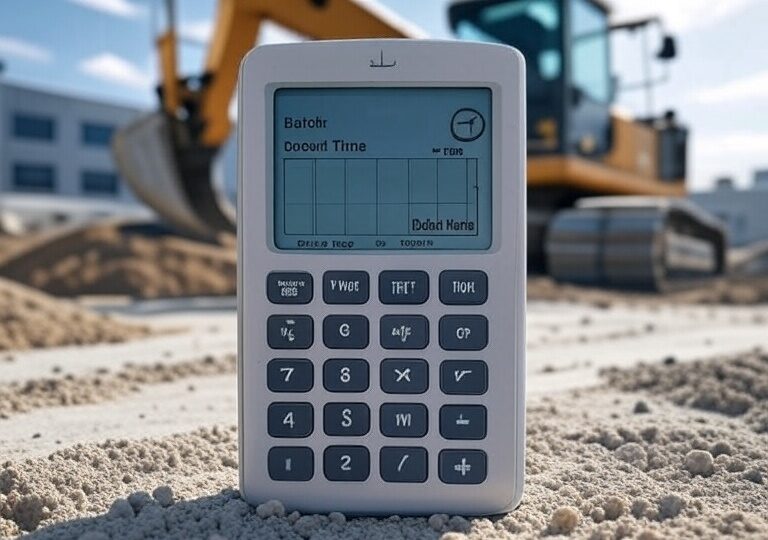
Concrete Mixing Time Calculator
Concrete Mixing Time Calculator Enter your values below and click “Calculate” to find the total time to mix, unload, and wheelbarrow concrete bags. Mixer Capacity (cubic feet): Bag Size (pounds): Number of Bags to Mix: Mixing Time per Batch (minutes): Unloading Time per Batch (minutes): Wheelbarrowing Time per Batch (minutes): Calculate Reference Table: Common Bag…
-
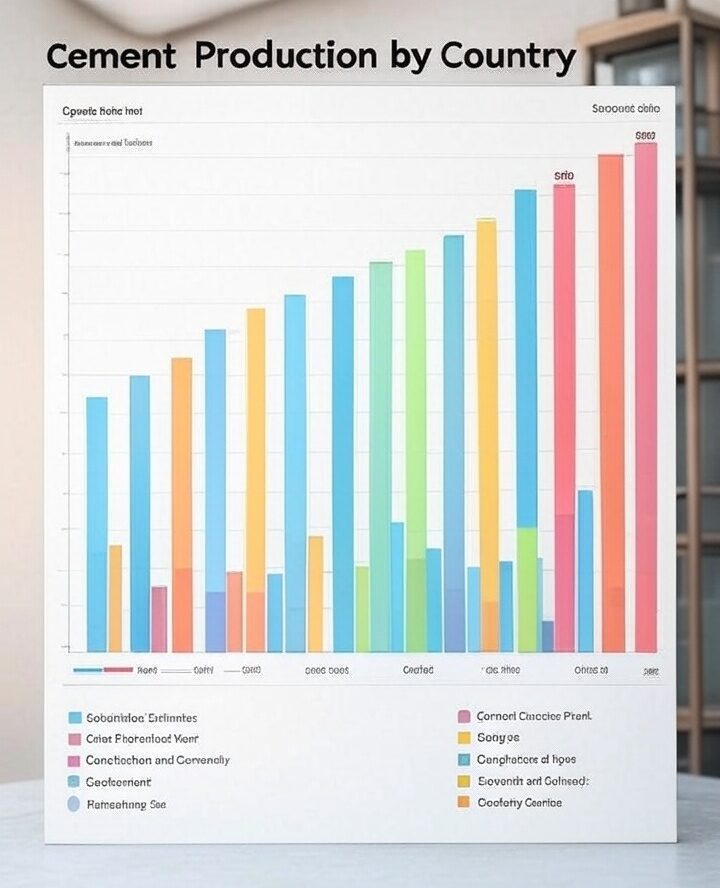
Detailed Analysis of Global Cement Production and Ownership
The global cement industry is a critical component of infrastructure development, with production and ownership structures reflecting economic, political, and environmental dynamics. This note provides a comprehensive analysis of who produces and owns cement worldwide, based on recent data and industry trends as of May 31, 2025. It expands on the key points and includes…
-
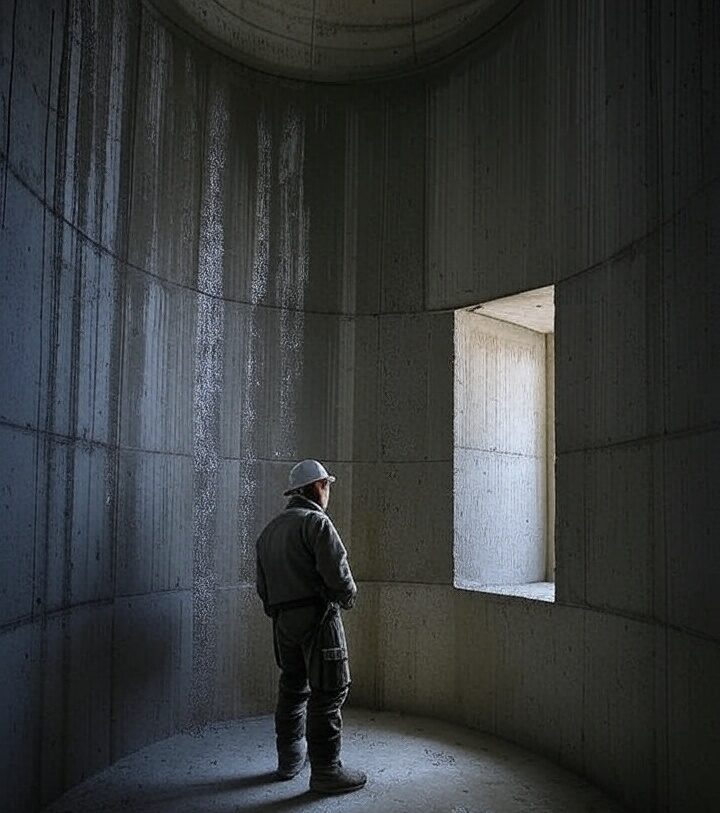
Worldwide Cement Consumption
Global Cement Consumption (1995–2026) 0 1 2 3 4 5 1995 2019 2020 2021 2023 2026 Consumption (Billion Metric Tons) Year 1.39 4.08 4.14 4.36 4.1 4.8 Hover over data points to see consumption values (in billion metric tons). Data rises from 1.39 in 1995 to a projected 4.8 in 2026. Source: Industry reports. Key…
-
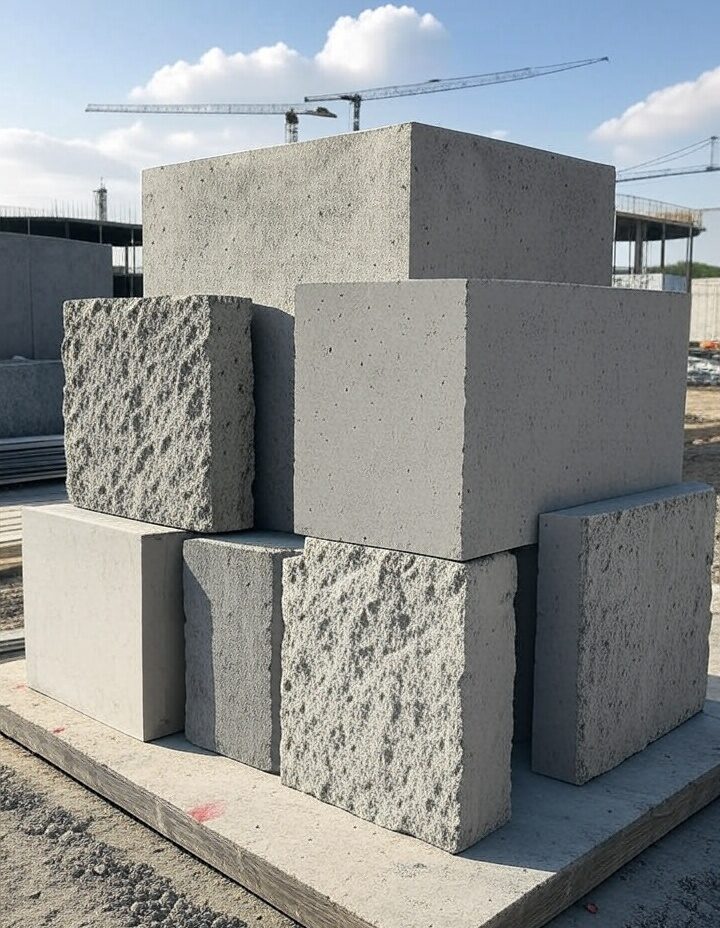
Geopolymer Cement Alternatives
Key Points Geopolymer cements are sustainable alternatives to traditional Portland cement, leveraging waste materials like fly ash and slag to create low-carbon binders. They show promise in reducing environmental impact and enhancing construction durability, but challenges like curing requirements and standardization need addressing. Environmental Benefits Geopolymer cements can cut CO2 emissions significantly, using industrial byproducts…
-
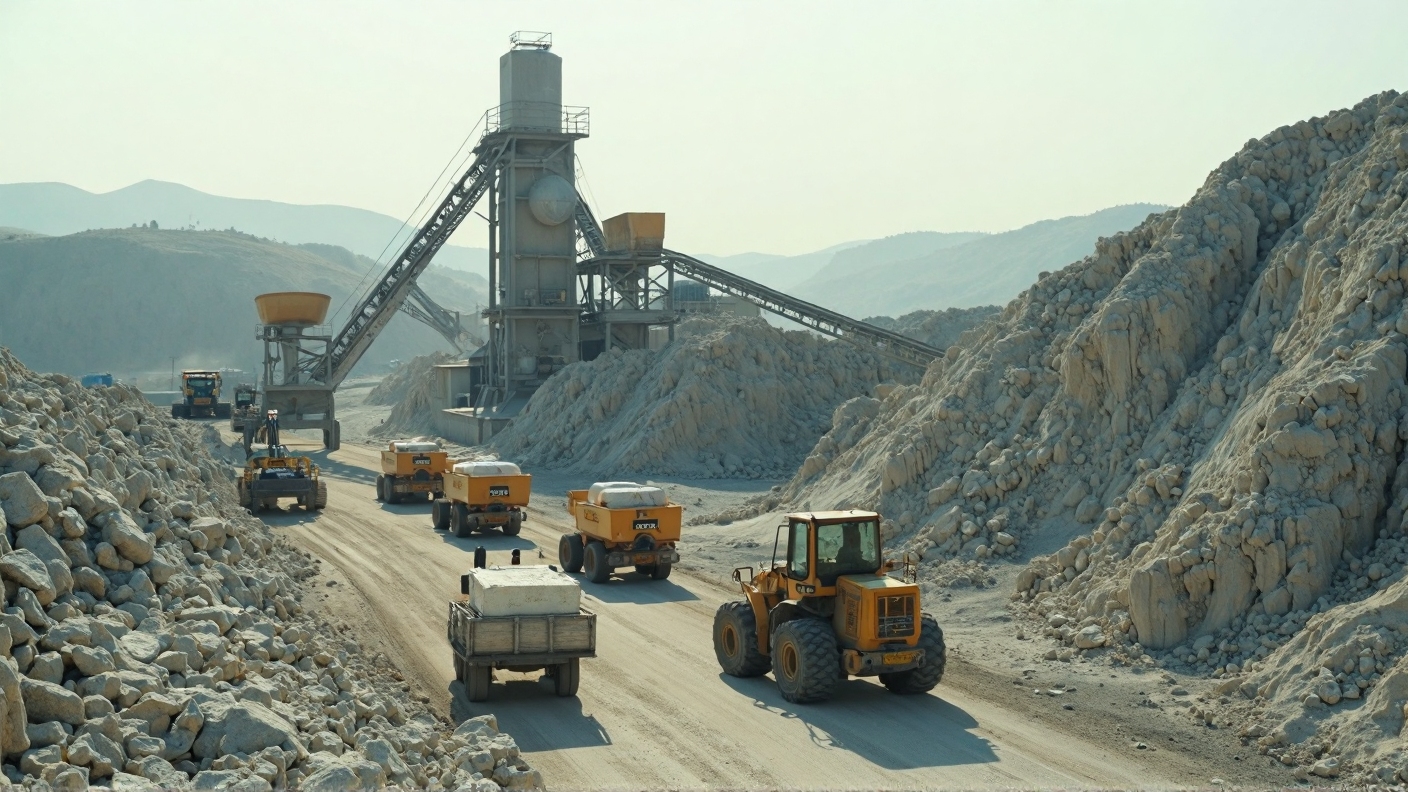
Limestone Calcined Clay Cement (LC3) as a Next-Generation Solution
Concept: Limestone Calcined Clay Cement (LC3) combines limestone with calcined clay to create a low-carbon alternative to traditional Portland cement. It leverages limestone’s benefits while incorporating clay’s pozzolanic properties to further reduce clinker content and emissions. 2. Carbon Capture and Utilization (CCU) with Limestone in Cement Concept: Limestone can be integrated into carbon capture and…
-
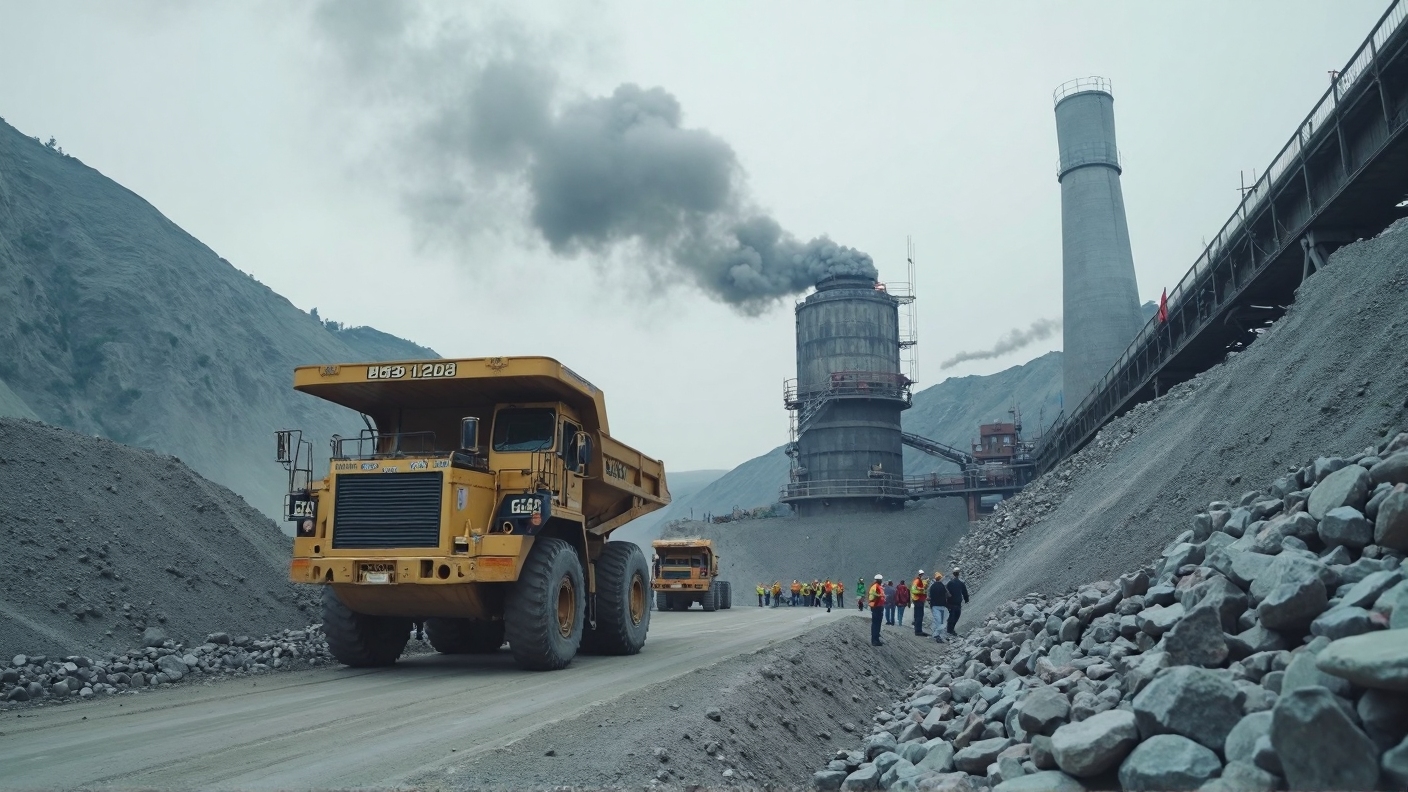
Limestone in Cement: A Cornerstone for Sustainability and Performance
Key Points Limestone plays a crucial role in cement, acting as both a primary ingredient and an additive that boosts sustainability. It provides the calcium needed for cement to bind materials together, forming the basis of concrete. Modern uses, like in Portland-Limestone Cement (PLC), show it can reduce environmental impact and improve cement qualities, making…
-

Comprehensive Analysis of Concrete Staining Techniques for 2025
As of May 28, 2025, concrete staining remains a pivotal technique for enhancing the aesthetic and functional qualities of concrete surfaces, particularly for residential projects like driveways, patios, and walkways. This analysis, tailored for small family businesses, explores the main staining techniques, their applications, and the latest trends shaping the industry. By understanding these methods,…
-

Air Entrainment in Concrete: Benefits, Challenges, and Practical Implications
Key Points Air Entrainment Benefits and Drawbacks Air entrainment involves adding tiny air bubbles to concrete, enhancing its resistance to freezing and thawing, which is crucial for cold climates. It also makes concrete easier to work with during pouring. However, it can lower the concrete’s strength, with each 1% air increase potentially reducing strength by…
-

Masonry Calculation Tools
Masonry CMU Calculator – Volume Concrete Masonry CMU Calculator At Volume Concrete, we understand that successful masonry projects start with precise planning. Our Masonry CMU Calculator page is designed to empower contractors, builders, and DIY enthusiasts in the Greater Portland Metro area with a reliable tool to estimate Concrete Masonry Units (CMUs) for walls, foundations,…
-
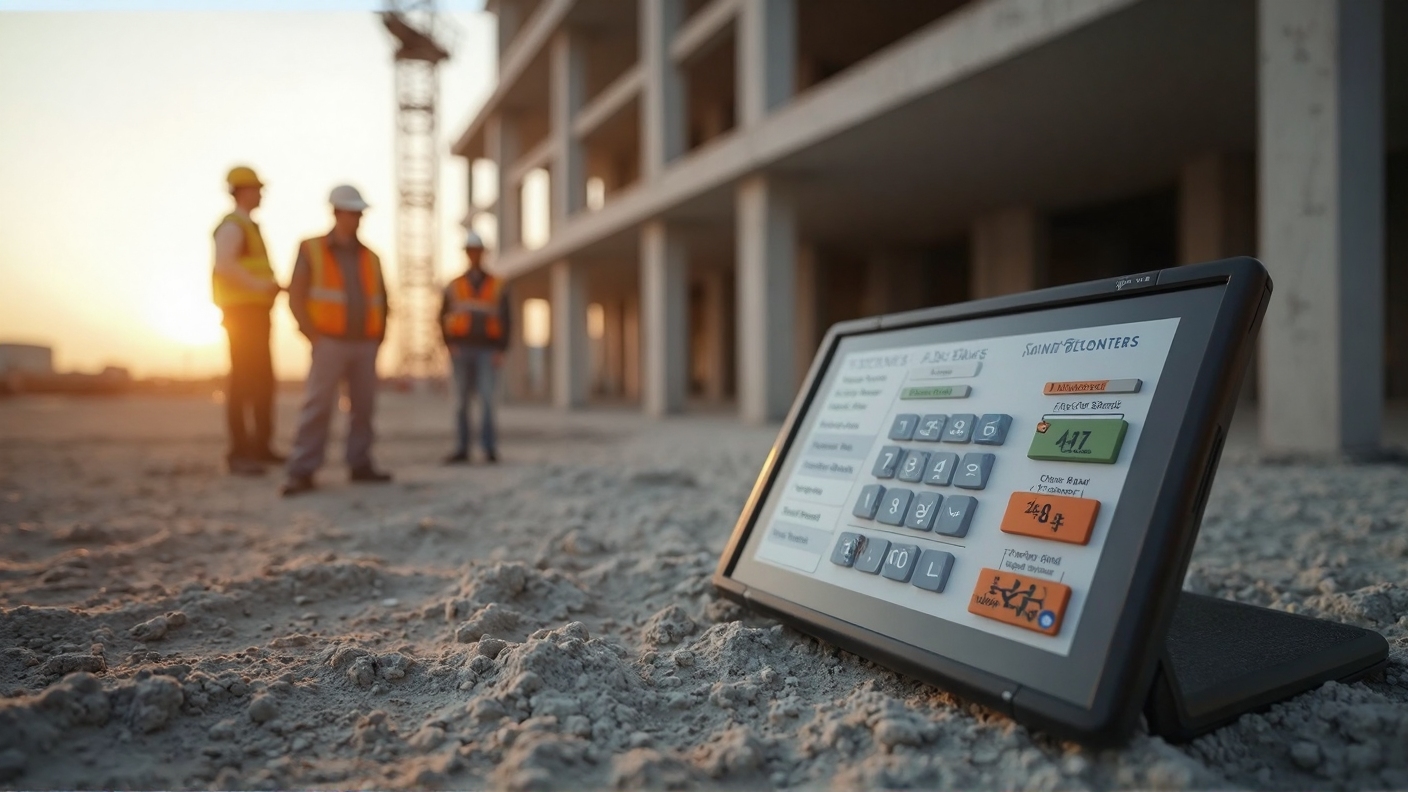
Concrete Curing Time Estimator
Concrete Curing Time Estimator This tool, provided by Volume Concrete LLC, estimates curing time for your concrete project. We supply ready-mix concrete only and offer this calculator for convenience. Volume Concrete LLC is not responsible for the accuracy or outcomes of these calculations. Concrete Type: Standard Concrete Fast-Setting Concrete Ambient Temperature (°F): Relative Humidity (%):…